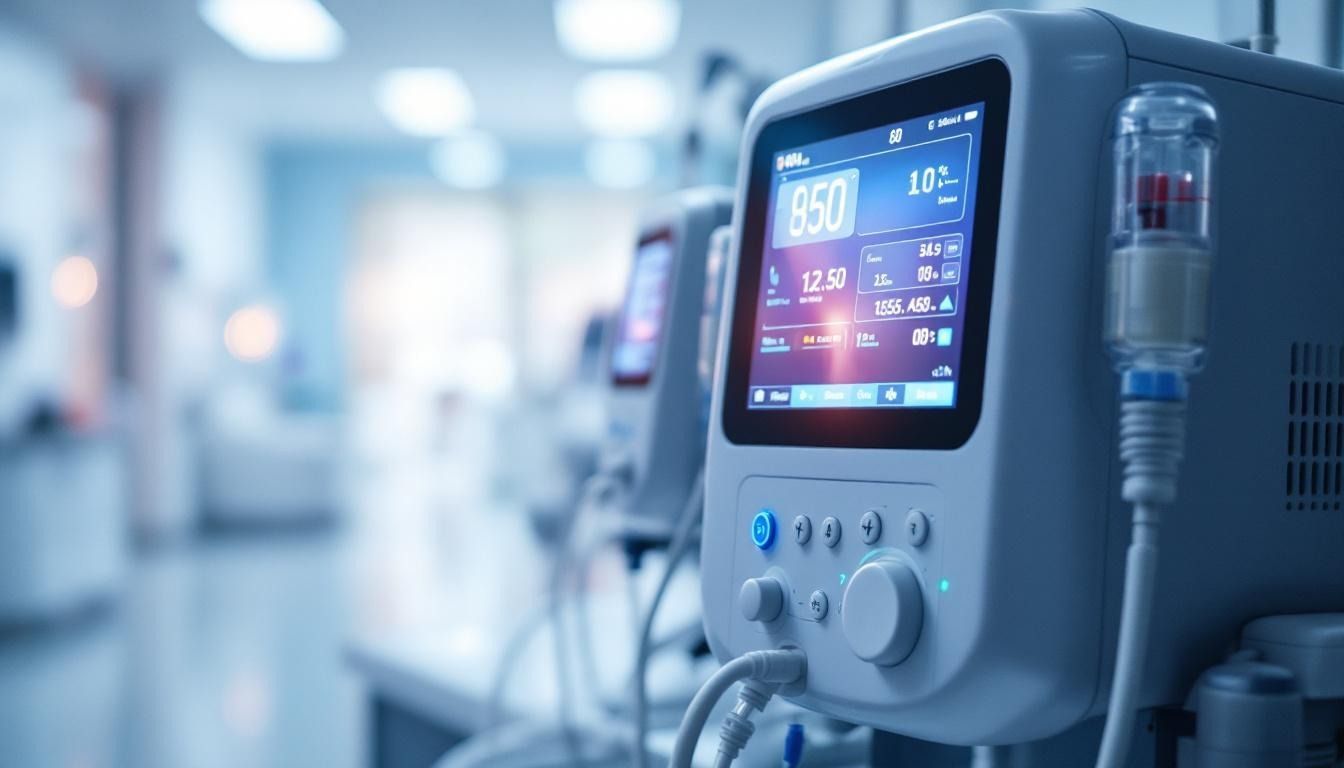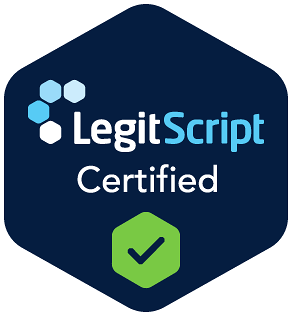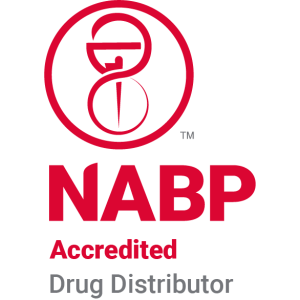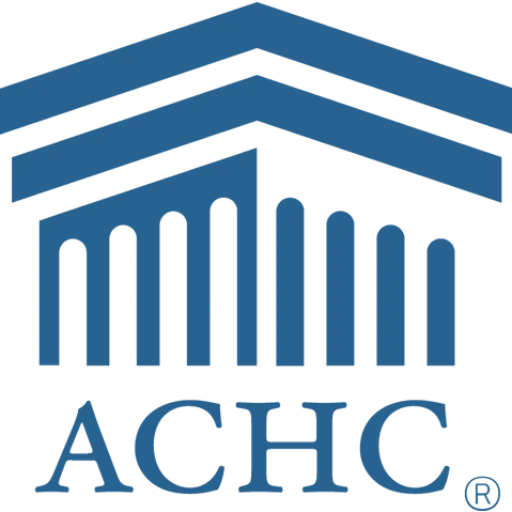Understanding the Risks of Hyperglycemia in TPN Therapy
Unveiling the Complexities of TPN-Induced Hyperglycemia
Total Parenteral Nutrition (TPN) is an essential medical intervention for patients unable to meet nutritional needs through oral intake. However, its high glucose content can significantly increase the risk of hyperglycemia, a common complication affecting nearly half of hospitalized patients receiving TPN. This condition not only complicates patient care but is also closely tied to elevated mortality rates and additional health complications. This article delves into the intricacies of hyperglycemia in TPN therapy, shedding light on its causes, management strategies, and implications for patient outcomes.
The Mechanism Behind TPN-Induced Hyperglycemia
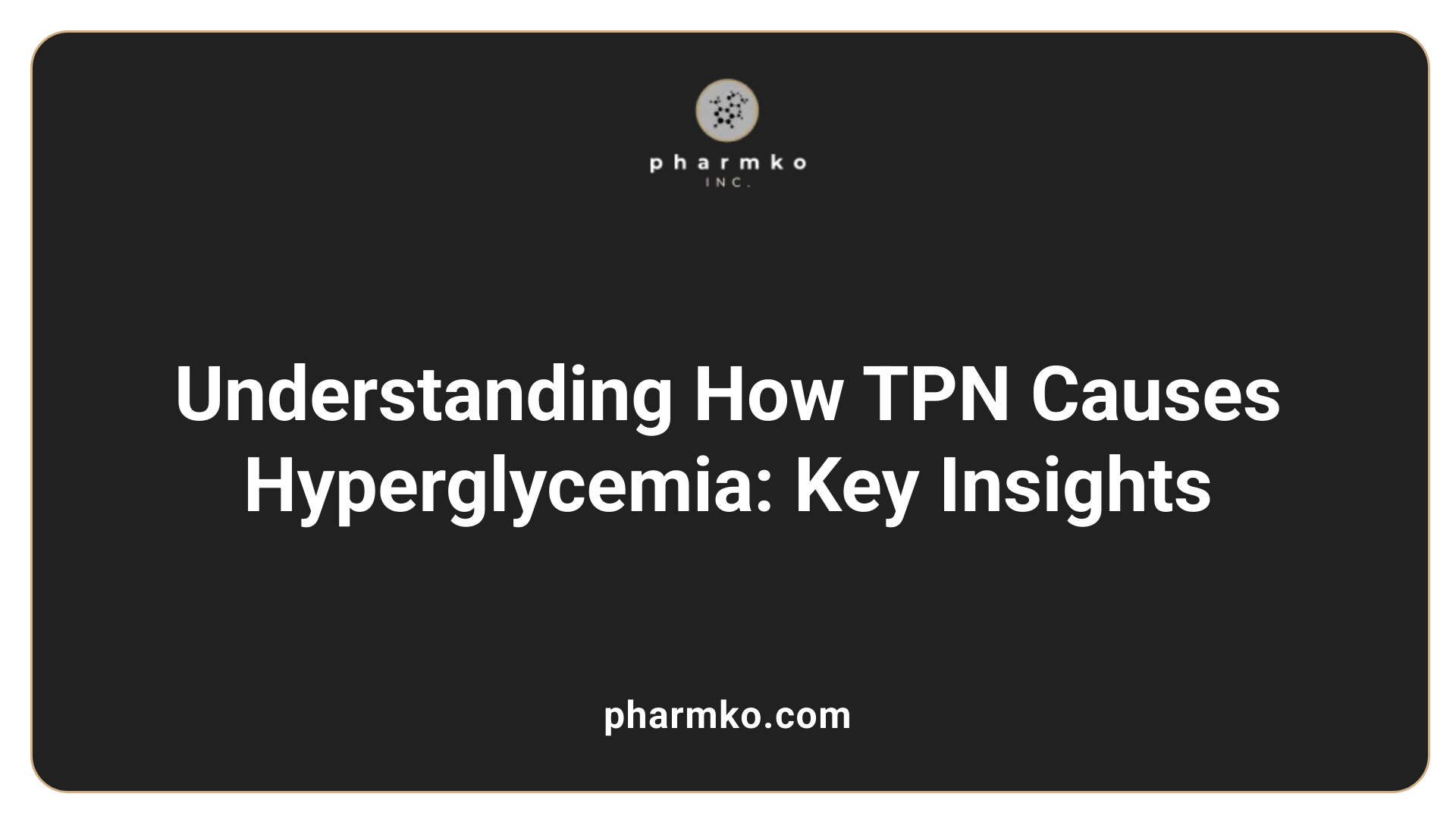
How does TPN cause hyperglycemia?
Total Parenteral Nutrition (TPN) can result in hyperglycemia primarily due to the high concentration of carbohydrates, specifically dextrose, found in TPN solutions. These glucose-rich infusions often exceed the body's ability to regulate blood sugar, particularly in individuals with impaired insulin production or sensitivity.
Approximately 50% of hospitalized patients receiving TPN experience hyperglycemia, making it the most prevalent complication associated with TPN therapy. This condition warrants meticulous attention, especially in diabetic patients who require robust blood glucose monitoring and tailored insulin management to avert drastic fluctuations.
High carbohydrate content in TPN
TPN solutions typically include substantial carbohydrate content, often reaching 3.2 grams of carbohydrates per kilogram of body weight, which can significantly impact glucose levels. Even in non-diabetic patients, such unregulated carbohydrate intake can induce persistent hyperglycemia. The American Society for Parenteral and Enteral Nutrition (ASPEN) considers blood glucose levels above 180 mg/dL as hyperglycemic, highlighting the critical need for maintaining optimal glucose levels during TPN.
Impact on insulin regulation
The high carbohydrate content in TPN can overwhelm the body's insulin regulation mechanisms, particularly in those with existing insulin resistance or in hospitalized patients undergoing acute stress from surgeries or illness. This overwhelming effect can lead to increased hepatic glucose production and elevated blood sugar levels, thereby raising the risk of severe complications, including increased mortality.
Effectively managing these challenges is vital. Continuous insulin infusion and optimization of nutritional content can be strategic approaches to mitigate risks associated with hyperglycemia during TPN.
The Clinical Signs of Hyperglycemia in TPN Patients
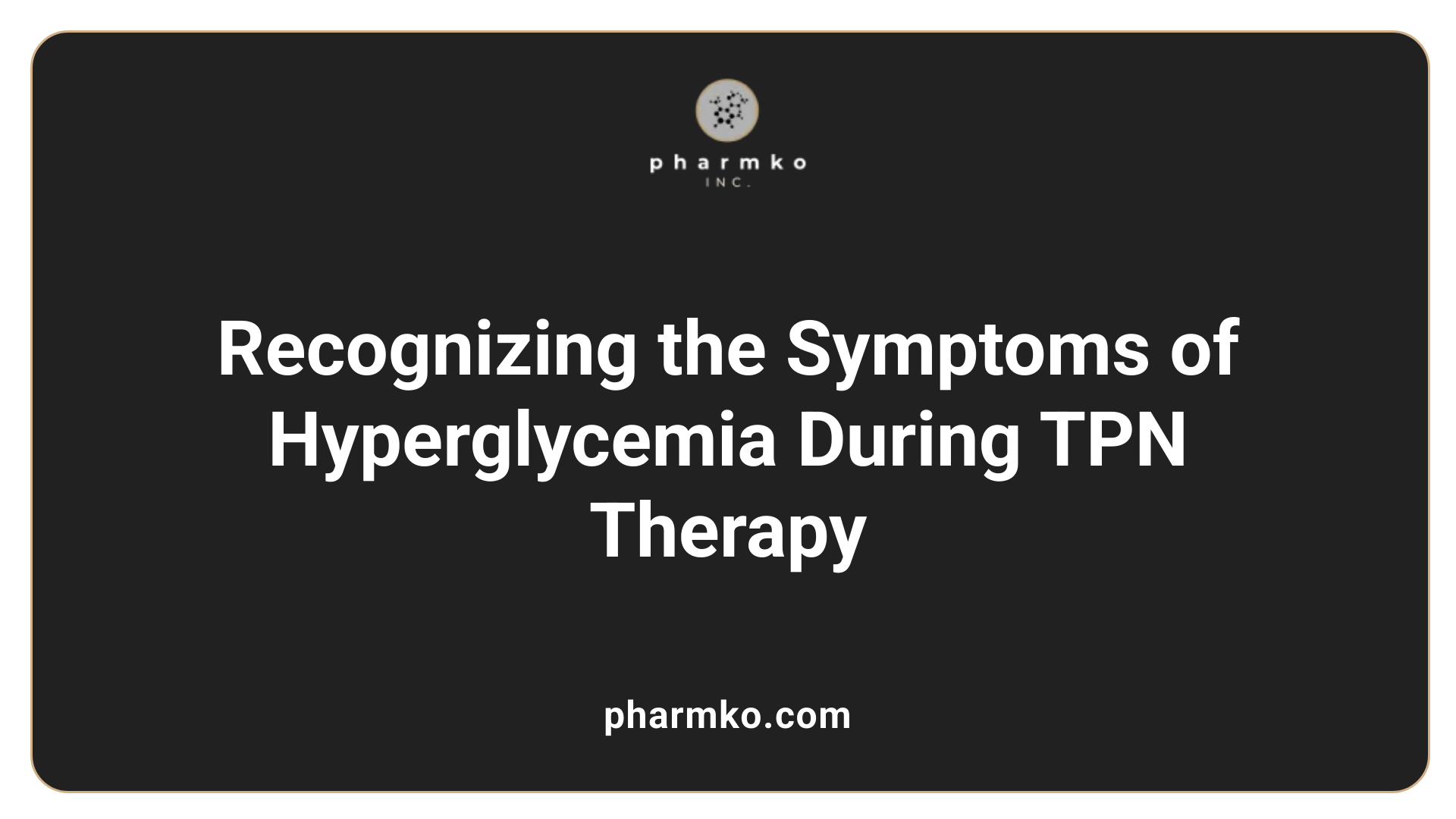
What are the symptoms of hyperglycemia during TPN therapy?
Hyperglycemia during total parenteral nutrition (TPN) therapy manifests through several distinct symptoms. Key indicators include:
- Increased thirst : Patients often feel excessively thirsty, leading to higher fluid intake.
- Frequent urination : This may result from the kidneys attempting to expel excess glucose through urine.
- Weakness : A general feeling of fatigue or weakness that can impact daily functions and recovery.
- Headaches : Persistent headaches may arise due to elevated blood sugar levels.
- Confusion : Severe cases might cause cognitive disruptions, leading to confusion or difficulties in concentration.
In addition to these symptoms, hyperglycemia is characterized by elevated urine glucose levels of +2 or higher.
Common signs of hyperglycemia
Hyperglycemia is prevalent in TPN recipients, with studies indicating that over half of hospitalized patients on this therapy experience elevated blood sugar levels. This condition is linked to serious complications such as infections and organ dysfunction, making effective management essential. If symptoms arise, prompt consultation with a healthcare team is critical for timely intervention and management strategies to mitigate risks associated with hyperglycemia.
Risk Management: Addressing Hyperglycemia in TPN
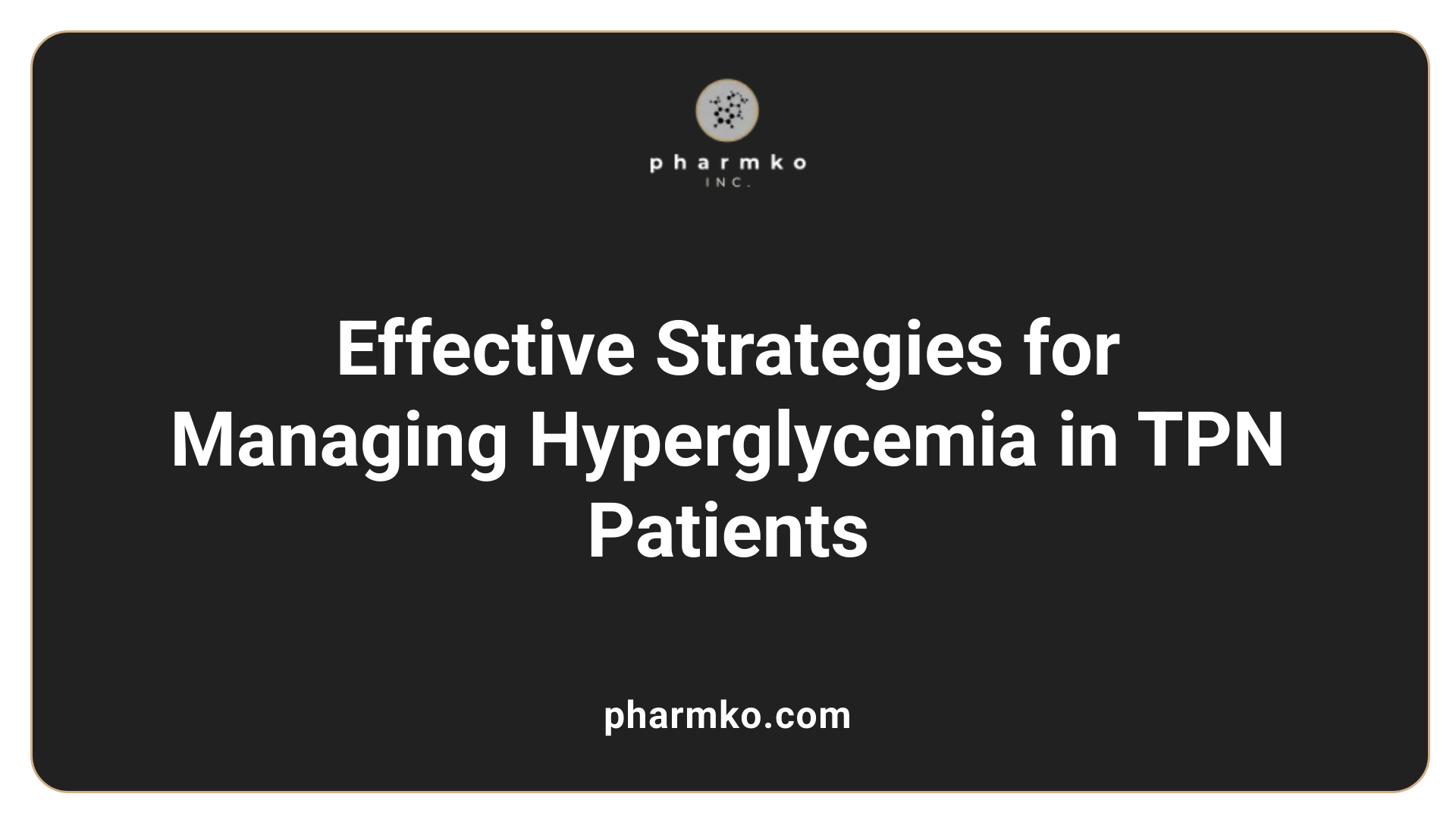
How can hyperglycemia be managed in patients receiving TPN?
Hyperglycemia is a prevalent complication among patients receiving total parenteral nutrition (TPN). Effective management of high blood sugar levels is essential to improve patient outcomes and reduce associated risks such as increased hospital complications and mortality. Several key strategies can be adopted:
-
Insulin Therapy : Insulin is critical for controlling blood glucose levels in TPN patients. Regular human insulin can be added directly to TPN solutions. A suggested starting dose is 0.1 units per gram of carbohydrate. Two popular administration methods are:
- Continuous intravenous insulin infusion, which provides precise glycemic control with rapid adjustments.
- Subcutaneous insulin injections, requiring careful management but allowing flexibility.
-
Carbohydrate Optimization : The carbohydrate content in TPN solutions significantly influences blood glucose levels. Reducing dextrose infusion rates can help mitigate hyperglycemia. Optimizing the macronutrient ratios in the TPN formula may prevent excessive glucose spikes.
-
Monitoring Protocols : Continuous monitoring of blood glucose levels is crucial for timely interventions. Establish protocols to check blood sugar frequently, particularly within the initial 24 hours and during the first week of TPN treatment. Maintaining blood glucose levels in the target range of 140-180 mg/dL is advised to reduce the heightened risks of complications.
By combining insulin therapy, optimizing carbohydrate intake, and implementing robust monitoring protocols, healthcare teams can enhance glycemic control and improve clinical outcomes for patients receiving TPN.
Understanding the Link Between Hyperglycemia and Patient Outcomes
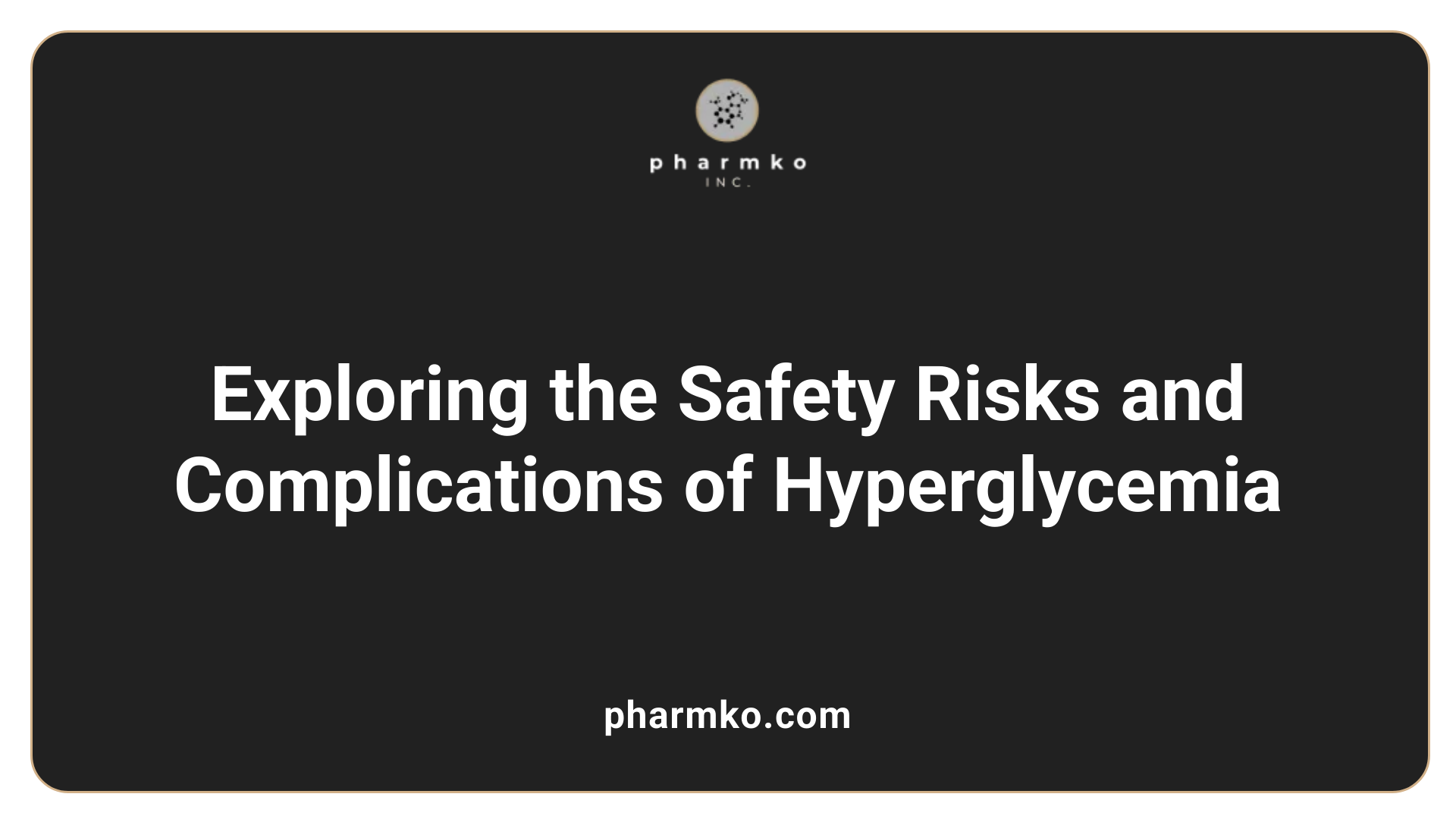
What are the safety risks of hyperglycemia?
Hyperglycemia, or high blood sugar, is a common occurrence in patients receiving total parenteral nutrition (TPN) and carries severe safety risks. In non-critically ill patients, elevated blood glucose levels (above 180 mg/dL) can lead to an increased likelihood of complications such as pneumonia (odds ratio 3.1) and acute renal failure (odds ratio 2.3).
Complication risk factors
Factors contributing to hyperglycemia during TPN include:
- Pre-existing conditions: Patients with diabetes, liver impairment, or other illnesses are at higher risk.
- Pre-TPN blood glucose levels: Initial levels above 180 mg/dL significantly predict worse outcomes.
- Nutritional content of TPN: High dextrose administration can overwhelm insulin production.
- Inadequate insulin management: Insufficient insulin can raise blood sugar levels, as seen in studies linking insulin resistance to hyperglycemia.
Relation to mortality rates
The risk associated with hyperglycemia is stark, with a study showing patients having blood glucose levels above 180 mg/dL before or within 24 hours of starting TPN faced nearly threefold increases in mortality compared to those with levels below 120 mg/dL. Furthermore, the mean blood glucose levels of 147 mg/dL in deceased patients compared to 131 mg/dL in survivors emphasizes the critical need for careful monitoring and control of blood glucose throughout TPN therapy.
In summary, effectively managing hyperglycemia is vital for improving patient outcomes and reducing the rates of hospital complications and mortality associated with TPN.
The Prevalence of Hyperglycemia in TPN Therapy
Statistical Overview
Hyperglycemia is a common complication associated with total parenteral nutrition (TPN), occurring in a significant number of hospitalized patients. Studies indicated that nearly half of patients receiving TPN experience elevated blood glucose levels, with incidence rates reported between 10% and 88%, depending on the population and definitions used. Among non-diabetic patients, the prevalence of hyperglycemia during TPN can reach up to 46.7%, illustrating a critical consideration for clinical management.
Incidence Rates
A closer look at specific factors reveals that hyperglycemia may be influenced by the underlying health status of patients. For example:
- Pre-existing conditions : Patients with type 2 diabetes, liver impairment, and those admitted to intensive care units (ICUs) are more susceptible to developing hyperglycemia during TPN.
- Timeframe of occurrence : Most of the hyperglycemic episodes occur within the first week of TPN therapy, emphasizing the importance of early monitoring following initiation.
The correlation between elevated blood glucose levels and increased risks of severe complications, such as infections and acute renal failure, further underscores the need for vigilance in monitoring blood sugar levels.
Does TPN Cause Hyperglycemia or Hypoglycemia?
TPN (total parenteral nutrition) is primarily associated with hyperglycemia due to the high glucose content infused, with reported occurrences ranging from 10-88%. Hyperglycemia during TPN can lead to serious complications such as infections, pneumonia, and acute renal failure, and higher pre-TPN blood glucose levels correlate with increased mortality rates. Although hypoglycemia can occur, particularly in patients with diabetes or those whose insulin management is inadequate, it is less frequent than hyperglycemia. Monitoring blood glucose closely is essential, especially for patients with specific risk factors like end-organ damage or undergoing prolonged TPN. Effective management strategies include appropriate insulin usage and careful adjustment of TPN carbohydrates to minimize glycemic fluctuations.
Innovative Strategies in Managing Hyperglycemia During TPN
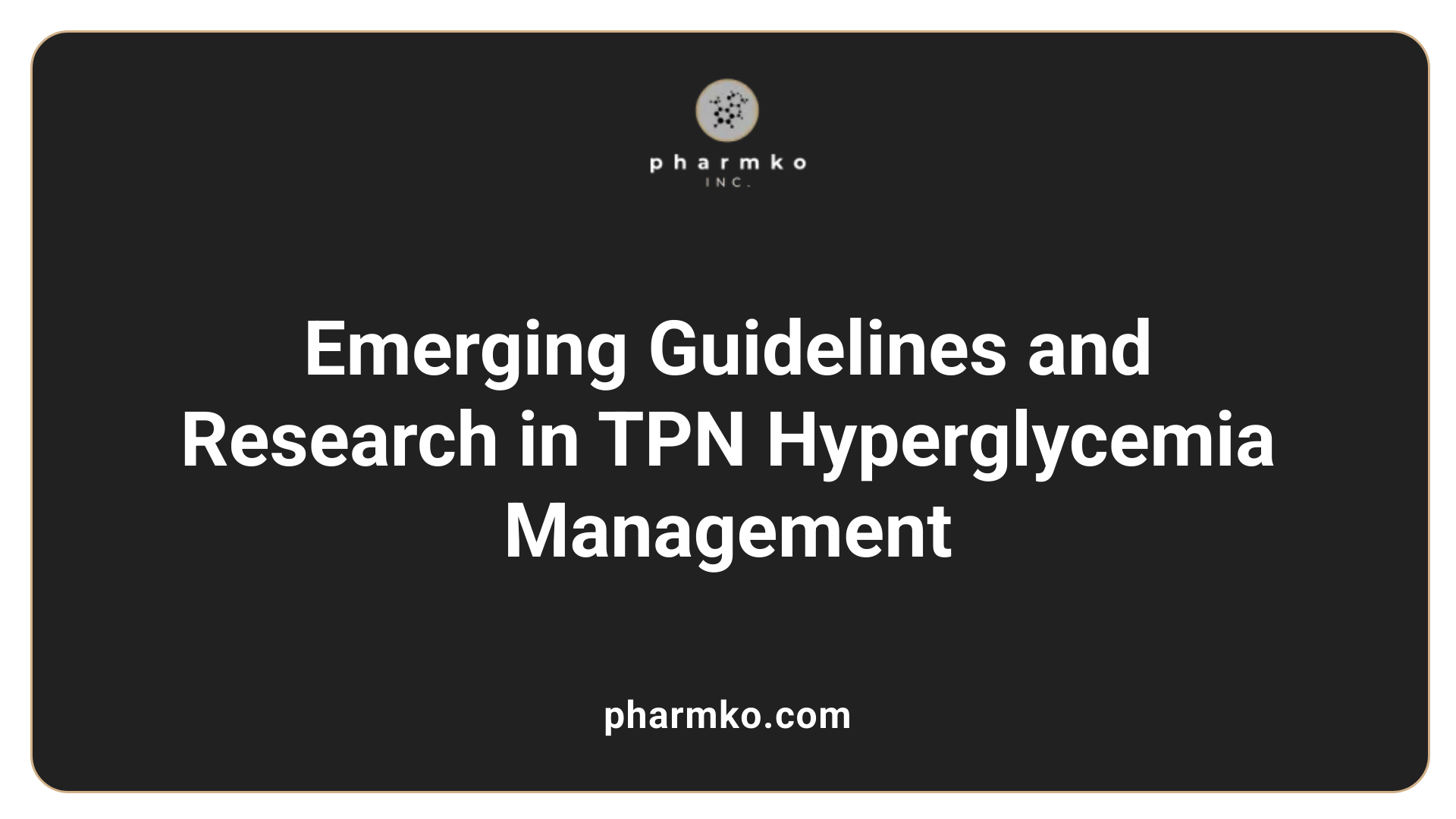
What are the emergent guidelines for TPN?
Emergent guidelines recommend maintaining blood glucose levels below 180 mg/dL for noncritically ill patients undergoing total parenteral nutrition (TPN). This target is crucial as studies reveal that hyperglycemia can increase the risk of serious complications and mortality. The American Society for Parenteral and Enteral Nutrition's (ASPEN) guidelines also define hyperglycemia during TPN as a blood glucose level exceeding 180 mg/dL, which underscores the need for vigilant monitoring.
What new research findings have surfaced?
Recent studies highlight the alarming prevalence of hyperglycemia among hospitalized patients on TPN, with rates reaching 28-90%. Notably, a study involving 276 patients indicated that mean glucose levels prior to TPN and within the first 24 hours are significant predictors of hospital outcomes. Hyperglycemia has been linked to a 5.6 times higher risk of mortality, emphasizing the dire need for effective management strategies during TPN.
What preventive care options exist?
Preventive strategies include optimizing carbohydrate content in TPN solutions to mitigate blood sugar spikes, along with tailored insulin protocols. Intravenous insulin infusion is often recommended for critically ill patients, whereas subcutaneous insulin strategies using long-acting and short-acting combinations may enhance glycemic control in noncritically ill patients. Continuous monitoring and individualized treatment plans can significantly decrease the associated risks of hyperglycemia, ultimately improving patient outcomes.
Current Research and Future Directions
Emerging Research Studies
Research has increasingly focused on the implications of hyperglycemia in patients receiving total parenteral nutrition (TPN). A pivotal study noted that nearly half of hospitalized individuals on TPN experienced hyperglycemia, with blood glucose levels exceeding 180 mg/dL correlating with heightened mortality risk and complications such as pneumonia and acute renal failure. Meta-analyses have confirmed these findings, revealing that even mild hyperglycemia can lead to significantly worse outcomes, underscoring the critical need for effective glucose monitoring and management strategies in this patient population.
Moreover, studies suggest that optimizing carbohydrate content within TPN solutions and administering insulin—whether intravenously or within the TPN mixture—can substantially improve glycemic control. Continuous insulin infusion (CII) has emerged as a preferable method for quickly adjusting dosing based on real-time glucose levels, demonstrating improved outcomes in various patient cohorts.
Challenges in TPN Hyperglycemia Management
Despite advancements, managing hyperglycemia in TPN patients remains fraught with challenges. A lack of standardized guidelines for glycemic targets complicates clinical practices, as the optimal insulin regimen is still not clearly defined. Additionally, the high carbohydrate content in standard TPN formulations can overwhelm insulin regulation, particularly for patients with underlying conditions such as diabetes or insulin resistance.
Individualized treatment approaches are essential. Factors such as pre-existing blood glucose levels, diabetes status, and nutritional composition must be considered to avoid adverse outcomes. Future research is needed to develop evidence-based guidelines and explore the best practices for insulin administration in this vulnerable group.
Navigating the Risks of Hyperglycemia in TPN
As we've explored, hyperglycemia remains a significant challenge in the administration of total parenteral nutrition, necessitating diligent monitoring and management. Health practitioners must remain vigilant to prevent the development of severe complications that can drastically affect patient outcomes. Continued research and evolving strategies in TPN therapy propose a promising path toward reducing the incidence and impact of hyperglycemia. By adopting comprehensive care approaches, including personalized insulin management and carbohydrate control, healthcare providers can better safeguard patients against the risks associated with this essential nutritional therapy.
References
- Hyperglycemia During Total Parenteral Nutrition
- TPN and Hyperglycemia - AmeriPharma® Specialty Care
- Parenteral Nutrition–Associated Hyperglycemia in Non–Critically Ill ...
- Management of Hyperglycemia in Hospitalized Patients Receiving ...
- TPN and Diabetes - AmeriPharma® Specialty Care
- Glycemic Management of Hospitalized Patients Receiving Nutrition ...
- Adverse Clinical Consequences of Hyperglycemia from Total ...
- Hyperglycemia is associated with cardiac complications in elderly







